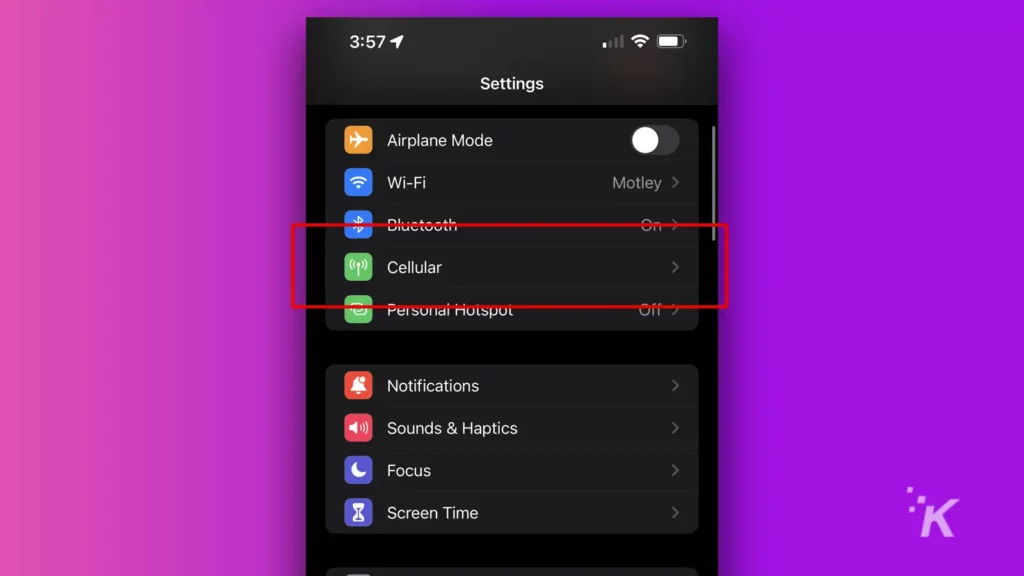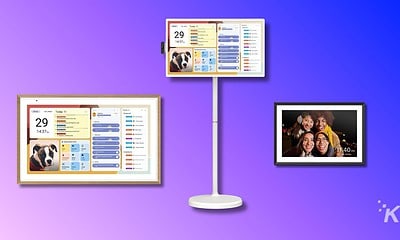Sponsored
How eSIM is redefining device connectivity
Wave goodbye to costly roaming charges! eSIMs are revolutionizing travel connectivity, offering seamless carrier switching and multi-device data sharing.

Just a heads up, if you buy something through our links, we may get a small share of the sale. It’s one of the ways we keep the lights on here. Click here for more.
Traveling abroad can disrupt mobile network connectivity since home carriers charge expensive roaming charges in other countries. You’ll need an eSIM to stay connected abroad, as it stores local carrier profiles and international eSIM provider profiles.
As a result, you’ll have the flexibility to switch from one eSIM profile to another, keeping your smartphone connected to the internet at affordable rates. You can then power travel apps like Google Maps and connect with friends on social media platforms.
In this guide, we’ll explore how eSIM has changed how we connect with friends while in another country. You’ll not need your physical SIM to access the internet if you’ve installed an eSIM profile on your smartphone. Read on for more information.

The evolution from physical SIM to embedded eSIM technology
Physical SIM cards have provided a means of communication by connecting smartphones to mobile networks for decades. However, they have limitations, making them unsuitable for global exploration.
They can only store one network provider’s information, restricting affordable connectivity to one country. eSIMs, on the other hand, can store information from multiple mobile network providers. As a result, you can choose which network provider to use in your destination.
Holafly eSIM
One eSIM provider that offers prepaid eSIM for the USA and over 200 more destinations is Holafly.
With your eSIM-enabled smartphone, you can install it and enjoy local data rates, making your travel cost-effective.
Holafly eSIM has the following features:
- Unlimited data: Holafly eSIM offers data plans lasting 1 – 90 days. What’s incredible is that each plan has unlimited data to power your travel apps and browse extensively. However, the plans come with a fair usage policy.
- Extensive coverage: Holafly eSIM connects your smartphone to popular mobile networks T-Mobile in the US to give you 4/5G data speeds anywhere in your destination.
- Hotspot sharing: You can even share your Holafly eSIM data up to 500 MB per day with other devices to keep everyone on the trip connected.
How remote SIM provisioning enables instant profile activation
eSIM doesn’t just offer mobile network connectivity in foreign countries without requiring a physical SIM.
It also comes with the convenience of allowing you to control the installation and activation of your eSIM profiles.
Mobile network carriers and eSIM providers use GSMA-approved components to make platforms that allow you to control your eSIM plan from anywhere. Remote SIM provisioning has the following benefits:
- Instant profile activation: You can activate your eSIM profile remotely without visiting any store to get connected. You simply scan a QR code sent via email to get your eSIM profile up and running.
- eSIM profile switching: Also, you can select an eSIM profile from the installed options to be active for mobile data. Switching seamlessly gives your connectivity flexibility.
- Excellent security: your eSIM profile offers a secure connection to a local mobile network since it uses GSMA-certified components. This makes eSIMs a secure way to make calls and connect to the internet.
Switching carriers seamlessly without swapping SIM cards

Your smartphone’s eSIM can store multiple carrier profiles. The latest iPhone smartphones can store up to 10 carrier profiles, allowing you to switch from one profile to another, depending on your current location.
A traditional physical SIM can only store one carrier profile, and you’ll need to insert a new SIM to connect to a new carrier network.
However, inserting a new SIM every time you want to connect to a mobile network is inconvenient.
That’s why you’ll need an eSIM-enabled smartphone. As more companies invest billions of dollars in developing advanced chips, we can expect the future of eSIM to be brighter.
It’s going to be the industry-standard for smartphone manufacturers. Switching between eSIM profiles depends on the smartphone’s OS:
- iOS: Go to Settings and navigate to Mobile Data. You’ll find SIMs listed under the Cellular or Mobile data. Select the eSIM profile you want to be active for data.
- Android: You’ll also go to Settings and select the Network & Internet option. You will then select SIMs and toggle the eSIM profile you want on.
Supporting multi‑device use: smartphones, tablets, wearables
Many eSIM providers allow you to share mobile data with multiple devices, such as smartphones, tablets, and wearables.
However, you can share up to a certain threshold of mobile data. For example, Holafly eSIM allows you to share up to 500 MB per day.
Powering multiple devices from a single eSIM smartphone offers the flexibility you need, especially for remote workers. eSIM mobile connectivity offers more benefits than imagined:
- Controlling IoT: eSIM allows you to connect smart meters and sensors via an optimized network for remote control. Even more impressive, you can control a device from another country via your eSIM internet connection.
- Centralized management: Your eSIM provider has a platform you can use to control eSIM plans on different mobile devices. You can allocate more data to devices doing more demanding tasks.
- Moving plan between devices: You can also move your eSIM profile from one smartphone to another, essential when one device runs out of power and you still need mobile network connectivity.
What device‑makers and engineers should know about eUICC integration

Smartphones and tablets with the Embedded Universal Integrated Circuit Card can grant you remote control over your eSIM profile, allowing you to manage how your devices connect to a local mobile network.
However, such mobile devices must use GSMA-certified components for remote SIM provisioning. A device with the eUICC will store as many as 10 eSIM profiles, giving you control over how you communicate with people on social media platforms.
The hardware inside a smartphone should include components like SM-DP+ and SM-SR provided by GSMA to support secure eSIM connectivity. GSMA SGP.02 specification has anti-closing benefits, ensuring your eSIM profile can’t be swapped.
Also, hardware with the GSMA SGP.22 specs prevents anti-cloning and connects securely to a local mobile network.
Software engineers developing smartphone operating systems (OS) should ensure the software comes with future updates to address eSIM connectivity concerns.
Smartphone manufacturers should therefore provide firmware updates that will provide life-long eSIM support, ensuring users benefit from convenient and secure mobile network connectivity.
What’s your take on eSIM for travel? Share your thoughts below or join the conversation on Facebook or Twitter!
Editors’ Recommendations:
Disclosure: This is a sponsored post. However, our opinions, reviews, and other editorial content are not influenced by the sponsorship and remain objective.




































